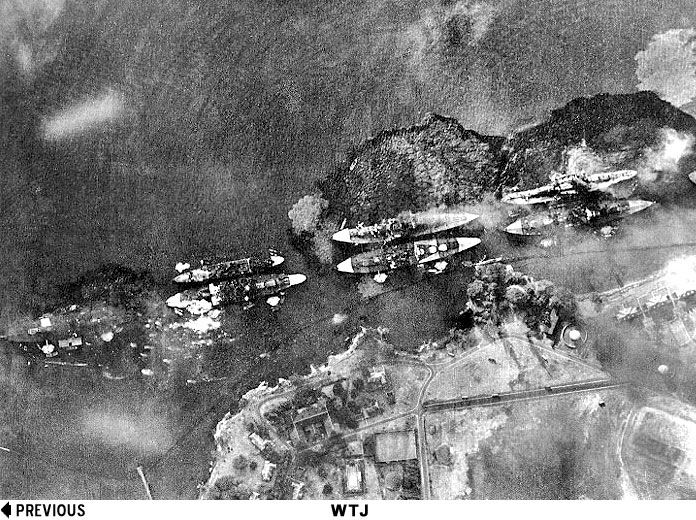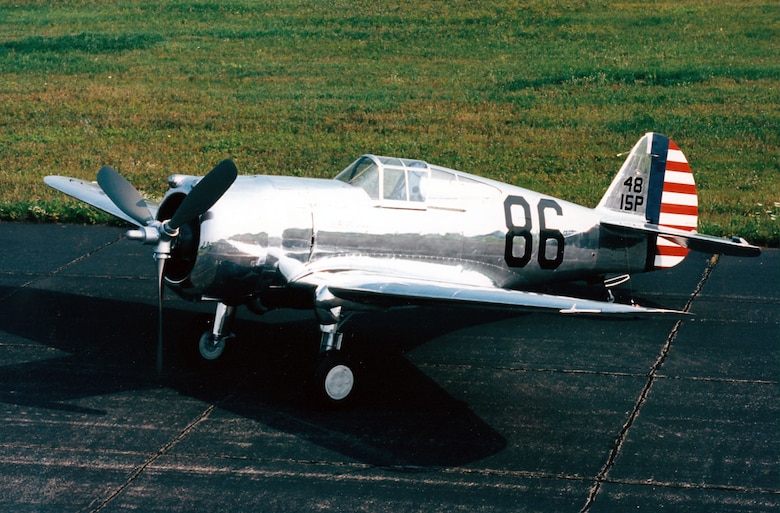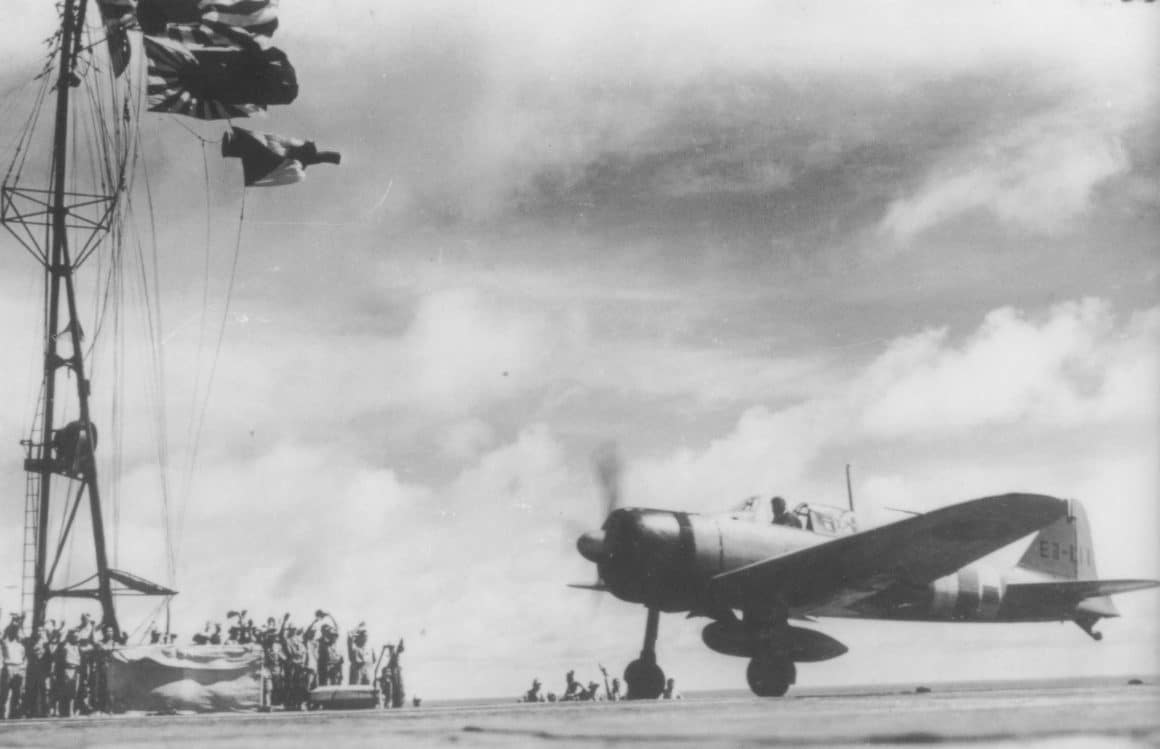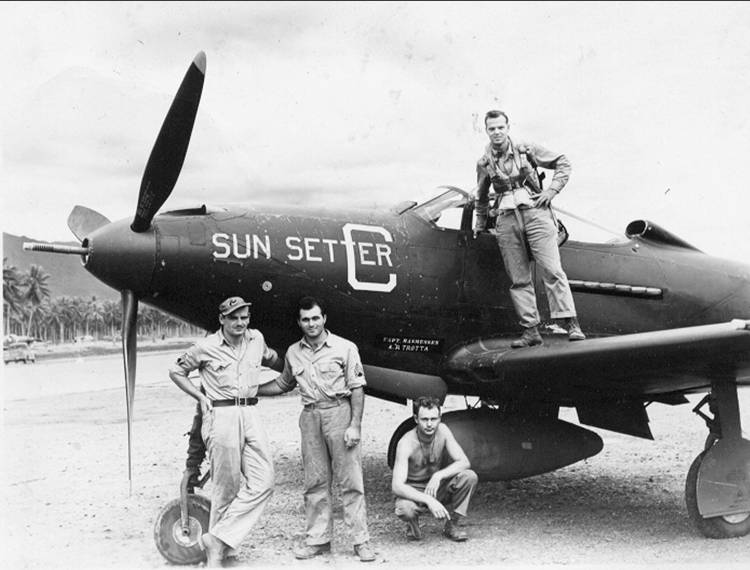7 December 1941…A Day of Heroes, Including The Pajama Pilot
7 December 1941, a day that every American of just about any age knows about, was the day the United States was physically attacked at Pearl Harbor. The attack launched the country into World War II, changing the way we lived, worked, and would fight in the future.
So much death and destruction occurred that morning. 2,403 American sailors and civilians died that day. 1,178 more were wounded. Nineteen US Navy ships and 347 military aircraft were damaged or destroyed. The attack was devastating both strategically and psychologically to the United States of America.

But…It Was Also a Day of Heroes Including the Pajama Pilot
Phil Rasmussen was what you’d refer to as your average fighter pilot. He was born on 11 May 1918 in Boston, Massachusetts, to parents who had immigrated to the United States from Denmark years earlier. He led a normal life in the Boston area as a young boy and, after finishing high school, attended Gettysburg College in Pennsylvania. Upon graduating from college, Rasmussen enlisted in the US Army Air Corps and went on to fulfill his dream of becoming a fighter pilot, earning an assignment to the 46th Pursuit Squadron at Wheeler Field on the island of Oahu in Hawaii.
Pajama Pilot Spotted ‘Meatballs’ And Took Them Out
The 23-year-old Second Lieutenant was half asleep standing at his barracks latrine sink brushing his teeth in his purple striped pajamas when suddenly, out of the bathroom window he observed what appeared to be a small airplane barreling down on the not-so-distant flight line.
He saw an object drop from the aircraft. A few seconds passed and then tremendous explosions were first seen and then felt as huge fireballs erupted into the air. The aircraft pulled up hard and as it overflew his barracks Rasmussen identified large red circles, or “Meatballs” as the American fighter pilots called them, painted on the fuselage and wings. It was a Japanese Zero and it had just bombed Wheeler Field!

Lined Up Wingtip to Wingtip
The soon-to-be Pajama Pilot wasted no time. He ran to his room, grabbed his shoes, his aviation headset, and his 45-caliber pistol and belt, and beat feet to the flight line…still in his pajamas.
In an attempt to foil potential Japanese sabotage, the command had decided to park aircraft wingtip to wingtip, allowing them to be guarded more effectively. However, this tactical error made for mouth-watering targets for the Japanese dive-bombing pilots.
Rasmussen watched as aircraft exploded all around him. A plane would be hit, causing a chain reaction that would ignite closely parked aircraft after aircraft. The entire fleet was going up in flames.

But further down the flight line stood several older Curtiss P-36A Hawks. They weren’t much to look at, but as far as Rasmussen was concerned, this wasn’t the time for beggars to be choosy.
Dogfights Over Kaneohe Bay in Pajamas
The Pajama Pilot and three other pilots scrambled to the aircraft, cranked the engines, taxied them to relative safety while they were armed up, and quickly got airborne during a lull in the attack. They formed up and flew east towards Kaneohe Bay, where eleven Japanese Zeros immediately engaged them. The four ships split up, each taking turns dogfighting with several bandits.

Rasmussen downed one Zero and damaged another even though one of his .30 caliber machine guns was jammed and a .50 caliber was only working intermittently. He was then engaged by a third bandit who flew straight at him in an attempt to ram his Curtiss fighter. While engaged head-on, Rasmussen also took hits from yet another Zero closing in on him.

Rasmussen felt like he had hit a wall. His P-36A shuddered, and then his canopy exploded and departed the aircraft. Enemy bullets ruptured his hydraulic lines, leaving him with no ability to lower his landing gear or brake once on the ground. The cables running from his foot pedals aft to the rudder had been severed, making it impossible to control the yaw of the aircraft. On top of all that, his radio was reduced to a mangled mess of wires and pieces, leaving him with no communication capabilities.
Rasmussen’s damaged P-36A spun into the billowing clouds over Kaneohe Bay as he tried to maintain control of his aircraft. After breaking out of the weather at about 5,000 feet, he was able to right the badly damaged fighter, but then, once the initial shock of being shot up had worn off, he realized he had sustained injuries to his head when the canopy had exploded.
Crippled Landing
Rasmussen gingerly assessed the condition of his head, fearing he would find half of his skull missing. Luckily, his injuries were superficial as the flying plexiglass shards had simply knocked his headset off his head and threaded his hair with pieces of plastic.

Rasmussen escaped into the billowing clouds and steered his crippled P-36A toward Wheeler Field, where he was able to successfully land without any hydraulics, braking, rudder control, or a tailwheel as he eventually discovered during his post-flight walk around. The Pajama Pilot was indeed lucky to be alive as his P-36A Hawk had been riddled with over 500 bullet holes!
The Pajama Pilot Was a Hero
Second Lieutenant Phil Rasmussen was awarded the Silver Star for his courageous acts in his P-36A over Kaneohe Bay on 7 December 1941. He continued to serve his country during World War II against the Japanese, getting his second kill in 1943.

Rasmussen eventually earned a second Silver Star, four Air Medals, and the Distinguished Flying Cross. After 25 years of faithful service, Phil Rasmussen retired from the US Air Force as a Lieutenant Colonel in Florida. However, his legacy and story as the Pajama Pilot at Pearl Harbor continue to live on in the hearts and minds of aviation enthusiasts.
